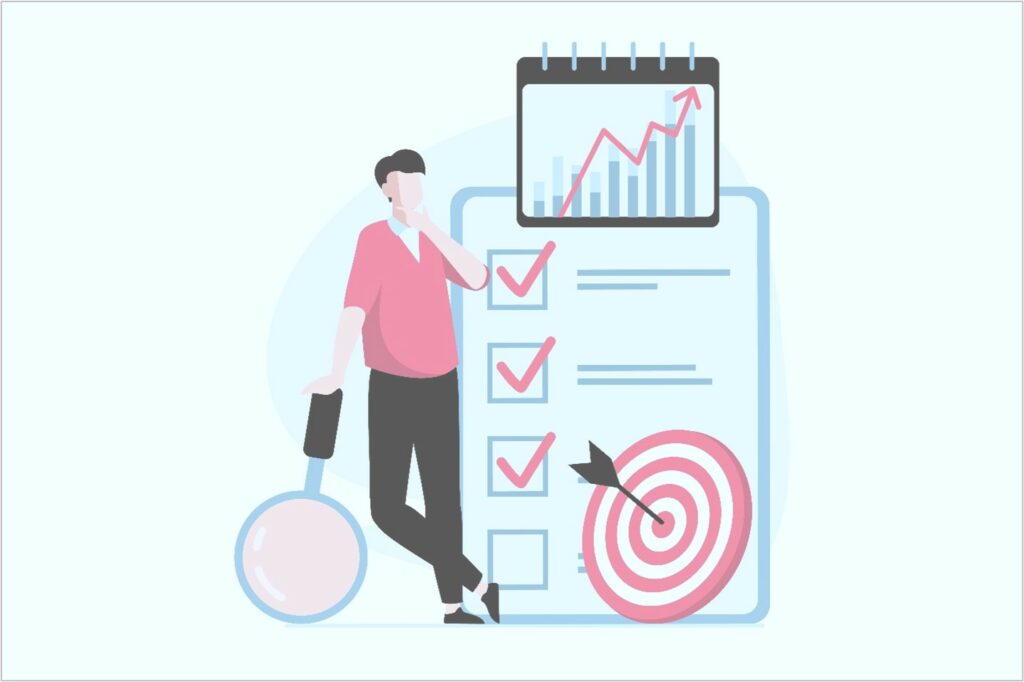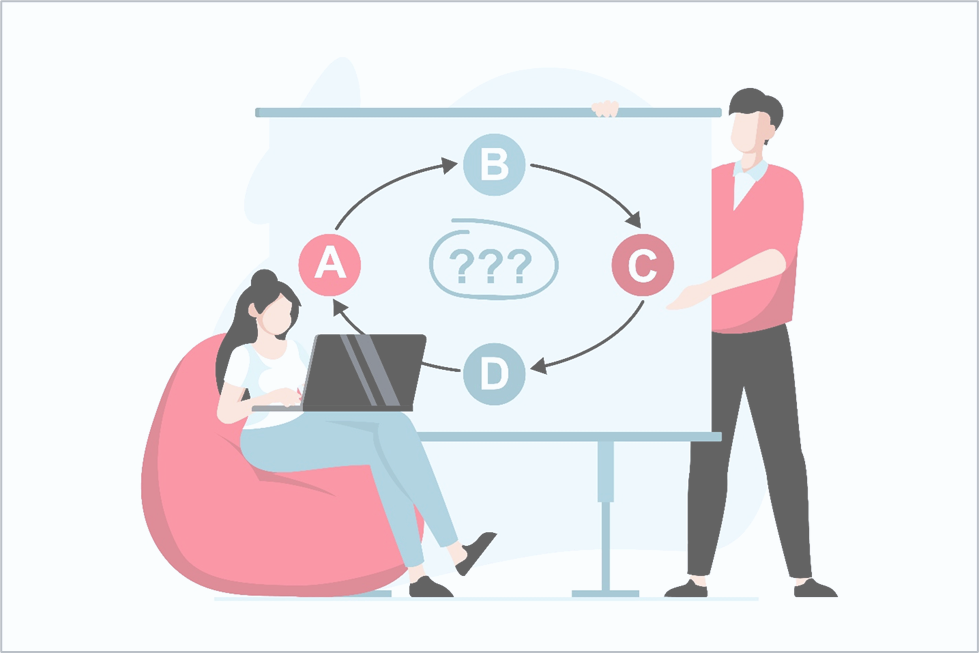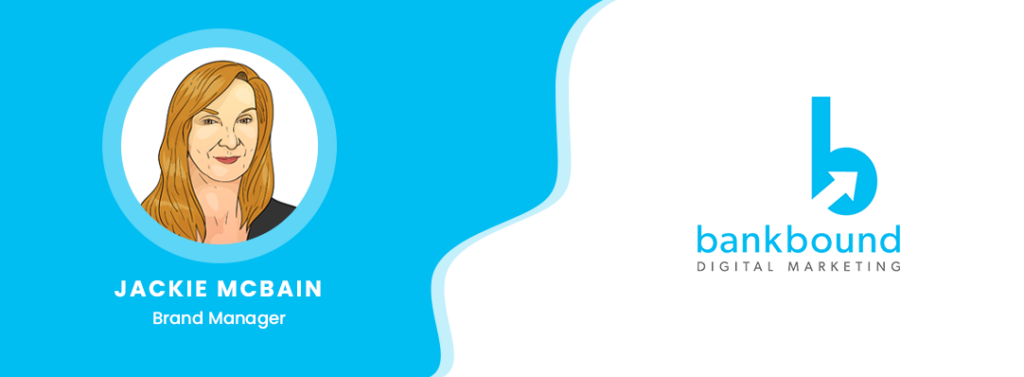Event Marketing
Live Event Marketing
After everything went virtual during the pandemic, the public’s appetite for live events is higher than ever. We can see that in the massive demand for travel, as well as for entertainment like a Taylor Swift concert.
However, this season’s “triple-demic” of Covid, flu, and RSV has shown us that caution is still necessary when bringing large groups of people together in person. Successful event producers are focused on smart strategies and best practices to ensure a safe and productive environment for memorable experiences and tangible ROI for participants.
According to Harvard Business Review, requests made face-to-face are 34 times more successful than email and other digital communication. What does that mean for financial institutions? Bank events are an effective marketing channel that shouldn’t be overlooked or ignored. Whether you want to conduct a successful customer survey, collect donations for a local foundation or charity, or promote a special offer, a live event marketing strategy may be the best way to achieve your goal.
Keep reading to learn how to set goals for your event marketing campaign, reach the right audience, give people a reason to show up, and get the word out.

Set Goals For Your Live Event Marketing
The first step toward a successful live event marketing campaign is to identify your goals. For example:
- Brand Exposure: Hosting live events can enhance your FI’s brand image through increased presence, reinforced brand-awareness, and an optimized reputation.
- Deepen Customer Relationships: Live events can also strengthen connections with your existing customers by letting them know you are there to help with their needs every step of the way. Inviting customers to your event is great way to stay in touch, provide additional services or help if needed, and continue the relationship beyond the initial account opening or loan application.
- New Leads: Create live events for a particular target audience. For example, you could offer free seminars for small business owners and prospective entrepreneurs. Targeted events can expand your reach, draw interest, and, ultimately, new business. Live events are a great opportunity for prospects to get to know your products, services, and the people behind the brand.
Reach The Right Audience With Live Events
The second step toward a successful live event marketing campaign is to identify the customer persona(s) you want to reach. Then you can focus on the products and services that would meet the needs of your persona.
Whether you market directly to potential customers or take a more strategic approach through partnerships with groups such as state and local governments, women’s groups, young professionals, and more, you’ll need to understand your customer before you can plan the right event. Here’s how to develop a customer persona:
1. Define your customer.
User personas can help a marketing team find the answer to one of their most important questions, “Who will buy our products?” When you understand the expectations, concerns, and motivations of target users, it’s possible to provide the right product that will satisfy users’ needs and therefore be successful.2. What is a persona?
A persona is a profile of your ideal customer. Personas are used to help you and other stakeholders within your FI understand the key traits, behaviors, goals, responsibilities, and needs of a specific type of user. A deep understanding of a target audience is fundamental to creating exceptional products and marketing.3. How to create a customer persona:
While it’s easy to select a set of user characteristics and call it a persona, it’s harder to create user personas that are truly effective for design and communication. Try to be as specific as possible in defining each of these categories.- Demographics: Age, gender, annual income, geographic location, marital and family status, and level of education
- Values: Consumers want to support brands that reflect their own values, beliefs, and goals. What are the personal and professional goals, beliefs, and values of your customer?
- Profession: For example, are you targeting small business owners, farmers, or healthcare professionals?
- Obstacles: What are the biggest pain points, obstacles, and fears of your customer?
- Favorite Information Sources: Where does your customer go for news, professional advice, and entertainment? What are their favorite blogs, social networks, websites, conferences, influencers, and other media?
4. Example characteristics of a good persona:
Before finishing your customer persona, check that it meets the following criteria:- Personas aren’t fictional guesses at what a target user thinks. Every aspect of a persona’s description should be based on real data that you observed or researched.
- Personas reflect real user patterns, not different user roles. Personas aren’t a reflection of roles within a system.
- A persona focuses on the current state (how users interact with a product), not the future (how users will interact with a product).
- A persona is context-specific (it’s focused on the behaviors and goals related to the specific domain of a product).

Decide on the right event marketing tactics
Now that you know your ideal customer(s), it's time to plan your event. Whether you decide on a workshop, seminar roadshow, or open house, your event should be tailored to meet the needs of your attendees. A helpful strategy is to utilize Centers of Influence (COI) to find new business leads from outside the bank such as accounting firms, law firms, chambers of commerce, etc. These people or organizations can act as representatives for your FI. They have the ability to boost your market access and credibility through referrals, testimonials, and word-of-mouth. However, you have to give busy professionals a reason to attend your events. For example, you could set up a recurring monthly event with breakfast and a guest speaker that qualifies as continuing education credits for CPAs and attorneys. This is also an opportunity to mention financial services that could benefit their clients such as wealth management or business financing.Get the word out about your event
Finally, once you’ve planned the perfect event to attract your target prospects, the last step is promotion. How you choose to promote your event can have a direct impact on its success. The secret to success is a smart strategy that combines traditional and digital marketing with multiple channels and a range of consumer touchpoints. Here are a few tips for pre, during, and post event-marketing that will complement your live event and provide a way to engage prospects, connect with customers and drive attendance.- Website: Write a blog post describing the event. Add it as a banner on your homepage or part of a carousel of promotions.
- Email: Notify your email marketing list of your upcoming event and recap it for them afterward so they’ll know what they’re missing if they don’t attend next time.
- Social: Wondering how to promote an event on social media? You can use photos, videos, and text to let people know you have an event coming up and then offer a glimpse of the action. On Facebook, you can create an event invite to share with your audience.
- Paid Advertising: Put some muscle behind your promotion with pay per click advertising (PPC).
We can help with event planning and promotion!
Still not sure what kinds of events you should be having, how to create customer personas that drive leads, or how to market a live event on Facebook and elsewhere? Contact a digital marketing nerd today! Our laser focus on digital bank marketing will help you achieve your goals for live event marketing.

